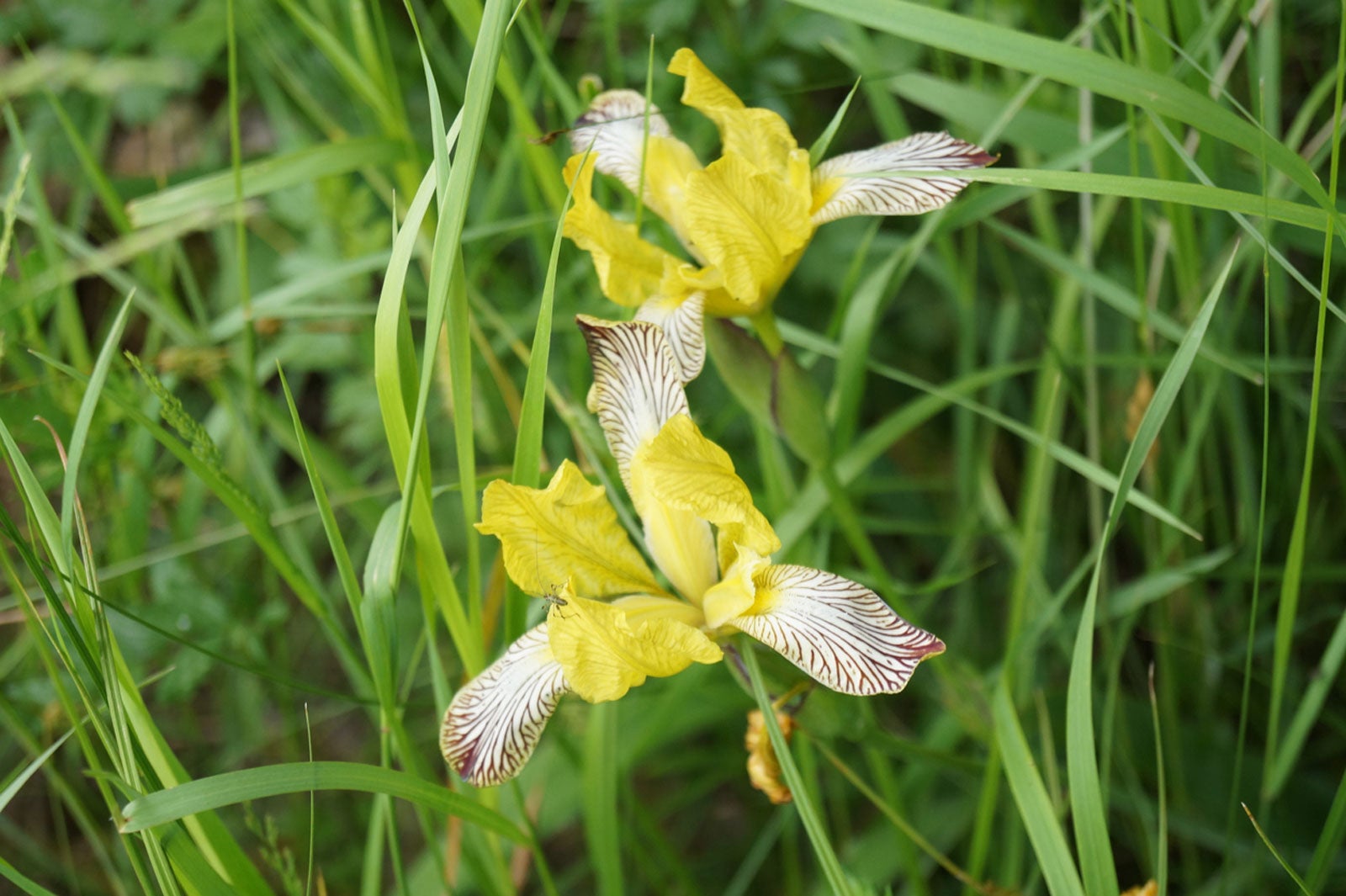Reichenbachii Iris Plants: Learn About Iris Reichenbachii Info And Care

Irises have long been a popular flowering plant, so popular that the kings of France selected them as their emblem, the fleur-de-lis.
Reichenbachii bearded iris plants are often overlooked, perhaps because of their diminutive size and subtle coloration, thus growing Reichenbachii iris is more often the province of the collector. Don’t discount these little gems; however. Iris reichenbachii info tells us that these iris plants have something special to offer. Let’s learn more about these species irises.
About Reichenbachii Iris Plants
Reichenbachii bearded iris is a member of the species irises and, along with the more popular hybrid dwarf and median irises, grows via rhizomes. Like its cousins, this bearded iris flourishes in sunny areas with well-draining soils.
It is native to Serbia, Macedonia, and into northeast Greece. These dwarf sized species irises bloom with one to two flowers at the top of the stalk. The little plants grow to about 4 to 12 inches (10-31 cm.) in height. The scant, albeit, quite large blooms can be seen in a variety of muted hues, from smoky violet to a blended yellow/brown.
Additional Iris Reichenbachii Info
As a garden specimen, Reichenbachii bearded iris may seem somewhat blah, but to a hybridizer, the makeup of this iris is pure magic. It turns out that Reichenbachii iris plants are quite unique in that they have chromosomes that are very similar to tall bearded irises and are compatible with them as well. Additionally, Reichenbachii bearded irises exist with both diploid (two chromosomes) and tetraploid (four sets) forms.
A hybridizer by the name of Paul Cook took one look at the fascinating genetics and thought he could cross breed Reichenbachii with the hybrid ‘Progenitor.’ Four generations later, ‘Whole Cloth’ arose, a hybridization sporting a new bicolor pattern.
Growing Reichenbachii Iris
Early summer bloomers, Reichenbachii bearded iris plants can be propagated via seed, rhizome, or bare root plants. They should be planted in full sun in rich, well-draining soil. Plant rhizomes in the early fall and bare root plants immediately.
Gardening tips, videos, info and more delivered right to your inbox!
Sign up for the Gardening Know How newsletter today and receive a free copy of our e-book "How to Grow Delicious Tomatoes".
If sowing seeds, sow to a depth equal to their size and cover with fine soil. Germination is most rapid when temperatures are 60 to 70 degrees F. (15-20 C.).
As with other bearded irises, Reichenbachii plants will spread throughout the years and should be lifted periodically to divide, separate, and replant.

Amy Grant has been gardening for 30 years and writing for 15. A professional chef and caterer, Amy's area of expertise is culinary gardening.
-
 Moody Blooms For Spring: 8 Types Of Black Flowers To Add Drama To Spring Displays
Moody Blooms For Spring: 8 Types Of Black Flowers To Add Drama To Spring DisplaysFrom midnight burgundies to inky violets, several types of black flowers can enrich and embolden a spring display. Try these brooding bloomers for a moody garden
By Tonya Barnett
-
 My Homemade Orchid Fertilizer Always Brings More Blooms – Here's The Easy Recipe That Transforms Plants
My Homemade Orchid Fertilizer Always Brings More Blooms – Here's The Easy Recipe That Transforms PlantsScientist-turned-gardener Mary Ellen Ellis shares her tried-and-tested DIY orchid fertilizer recipe, plus more ingredients to try for healthy, happy plants.
By Mary Ellen Ellis